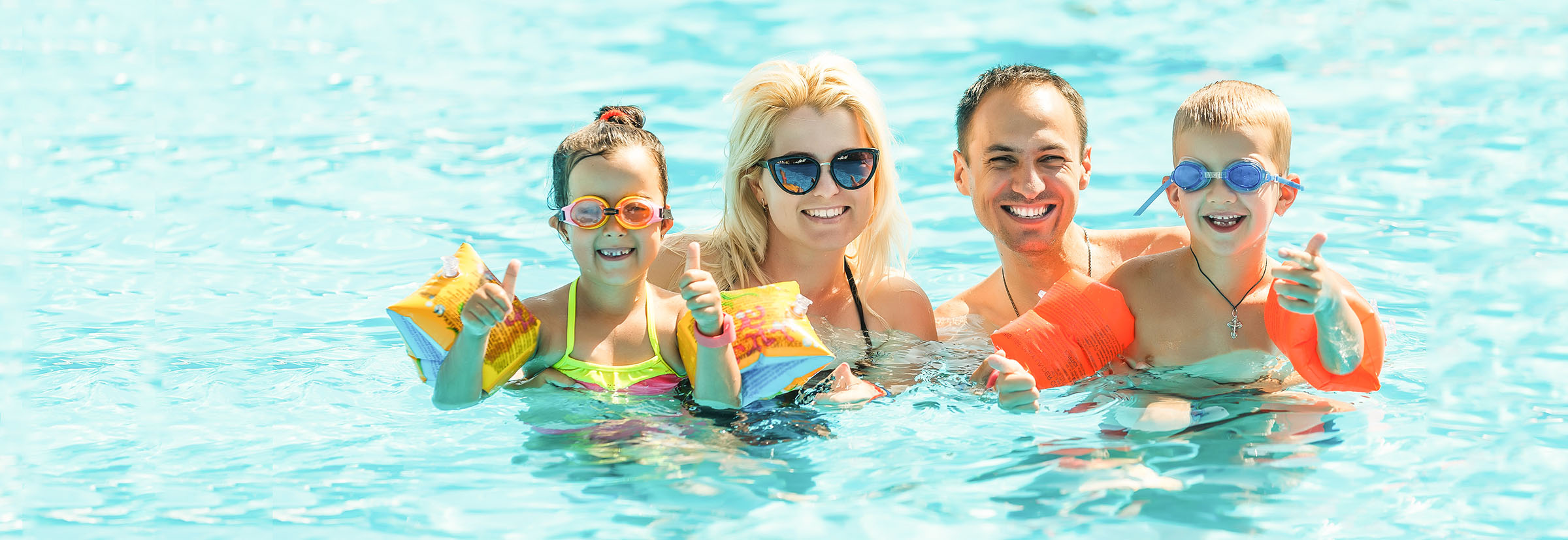
SUMMERTIME WATER SAFETY
Drowning is the #1 leading cause of unintentional death in children 1 to 4 years of age according to the CDC. African American children between the ages 5-19 years are 5.5 times more likely to drown in a pool than white children of the same age.
Swimming pools and spas are great places for family fun. It’s important to ensure everyone follows these simple safety steps to stay safer in and around the water.
NEVER LEAVE A CHILD UNATTENDED IN OR NEAR WATER
Always watch children when they’re in or near water, and never leave them unattended. Designate an official Water Watcher, an adult tasked with supervising children in the water. That should be their only task – they shouldn’t be reading, texting, or playing games on their phone. Always have a phone close by in case you need to call for help, and if a child is missing, check the pool first. Even if a lifeguard is present, parents and caregivers should still take the responsibility of being a designated Water Watcher.
TEACH CHILDREN HOW TO SWIM
Swimming is not only fun, but also a lifesaving skill. Enroll children in swimming lessons; there are many free or reduced-cost options available from your local YMCA, USA Swimming chapter or Parks and Recreation Department.
TEACH CHILDREN TO STAY AWAY FROM DRAINS
Do not play or swim near drains or suction outlets, especially in spas and shallow pools, and never enter a pool or spa that has a loose, broken, or missing drain cover. Children’s hair, limbs, jewelry, or bathing suits can get stuck in a drain or suction opening. When using a spa, be sure to locate the emergency vacuum shutoff before getting in the water.
ENSURE PRIVATE AND PUBLIC POOLS AND SPAS YOU VISIT HAVE A COMPLIANT DRAIN COVER
All public pools and spas must have drain grates or covers that meet safety standards to avoid dangerous incidents. Powerful suction from a pool or spa drain can even trap an adult.
INSTALL PROPER BARRIERS, COVERS AND ALARMS ON AND AROUND POOL & SPA
Proper fences, barriers, alarms and covers can be lifesaving devices. A fence of at least four feet in height should surround the pool or spa on all sides and should not be climbable for children. The water should only be accessible through a self-closing, self-latching gate. Teach children to never try to climb over the gate or fence. Install a door alarm from the house to the pool area, and keep pool and spa covers in working order.
KNOW HOW TO PERFORM CPR ON CHILDREN AND ADULTS
Often, bystanders are the first to aid a drowning victim, so learning CPR can help save a life. And once you’re CPR certified, make sure to keep your certification current. CPR classes are available through many hospitals, community centers, or by contacting the American Red Cross.
Source: https://www.poolsafely.gov/
